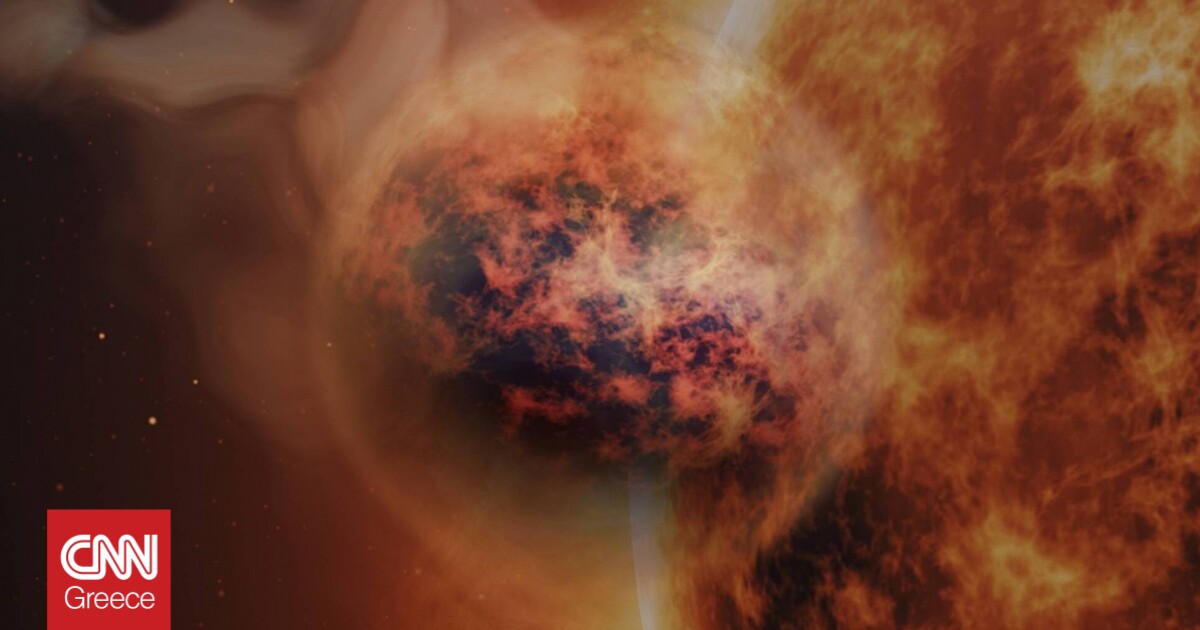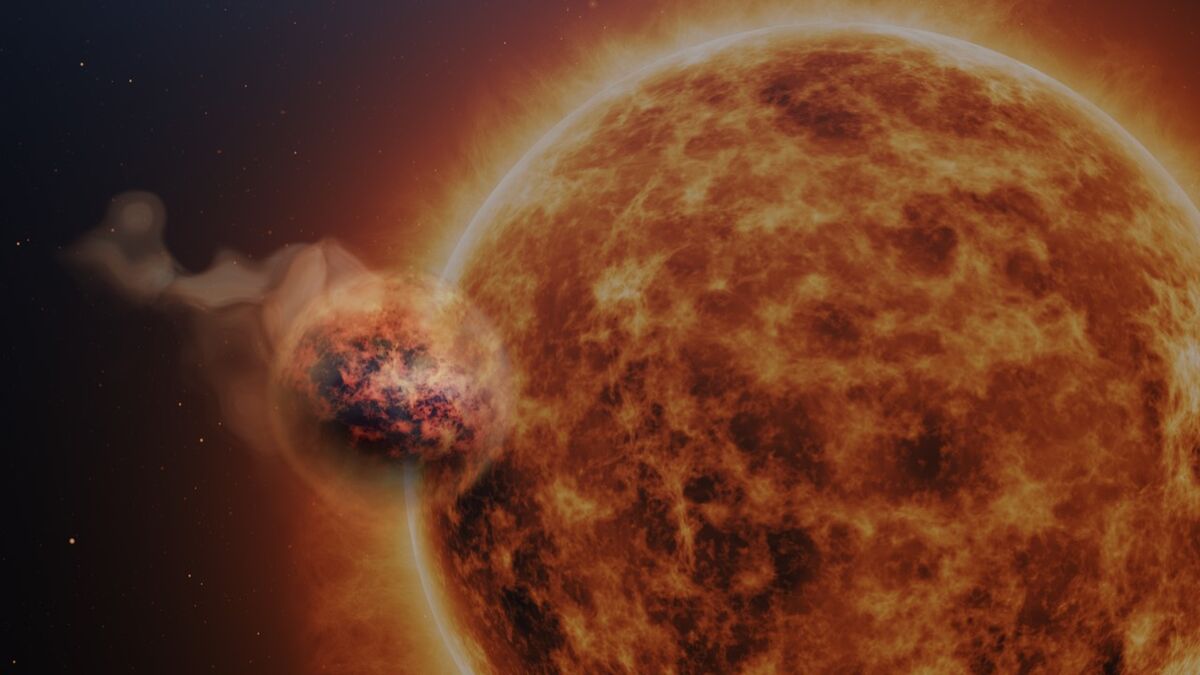
spaceship James Webb Telescope Ha NASA He revealed a planet where grains of sand were raining. the WASP-107B Located 200 light years awayin the constellation Virgo, has already caught the attention of astronomers because it is very large but very light, thus earning its nickname “Planet – Cotton Candy”.
As he pointed out guardianThe latest observations provide an unprecedented look at a strange and wondrous world outside our solar system Silica sand clouds and rainScorching temperatures, strong winds and the distinct smell of burning matches from sulfur dioxide.
Universe Discovered in 2017after astronomers discovered a strange periodic flash of light from its host star whenever the planet passes in front of it.
The James Webb Telescope takes these observations to the next level by measuring the filtering of starlight through the planet’s atmosphere. Because different elements absorb different wavelengths of light, which is the spectrum of starlight Explains what gases are present on this planet.

Wasp-107b is similar in mass NeptuneBut it almost is Size of JupiterIts massive and widespread nature allows the James Webb Telescope to peer deep into its atmosphere.
Final notes, published in the journal naturerevealing evidence of the presence of water vapor and sulfur dioxidewhich would give the atmosphere a The smell of burning matches. It is also the first time that the chemical composition of clouds on another planet has been determined – in this case, they are composed of… Silica sand.
The planet’s atmosphere will have something similar to the water cycle on Earth, but with sand alternating between solid and gaseous states. Of the warmer and lower levels of the atmosphere, with Temperatures approaching 1000 degrees CelsiusThe silica vapors will rise, cool and form tiny grains of sand, too small to be seen. All the way, this one Clouds of sandy dust It will become dense enough to start precipitation in the lower atmosphere. Below a certain level, the sand turns into steam again, completing the cycle. While, as noted in the study, sand particles in the atmosphere will move at a very high speed, up to a few kilometers per second.
The main goal of the James Webb Space Telescope is to analyze the atmospheres of distant planets To search for biosignatures In its gases that can indicate The existence of life. WASP-107B He is not considered a likely candidatedue to the 1000°C climate and the lack of a solid surface.
Atmosphere observations Earth-sized rocky planets It would be more difficult because if they had an atmosphere, it would tend to be thinner and denser. However, the level of detail achieved by targets like Wasp-107b is an encouraging sign.

“Avid problem solver. Extreme social media junkie. Beer buff. Coffee guru. Internet geek. Travel ninja.”





More Stories
In Greece Porsche 911 50th Anniversary – How much does it cost?
PS Plus: With a free Harry Potter game, the new season begins on the service
Sony set to unveil PS5 Pro before holiday season – Playstation